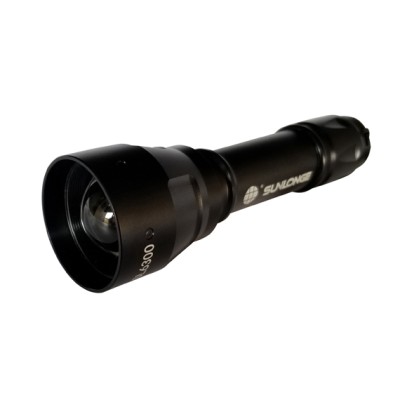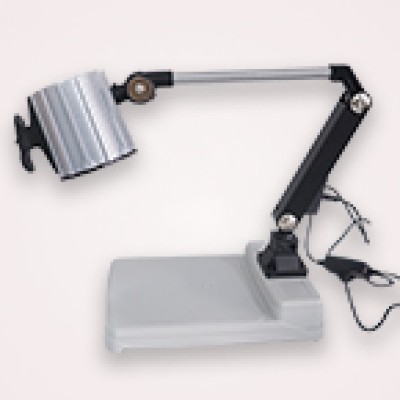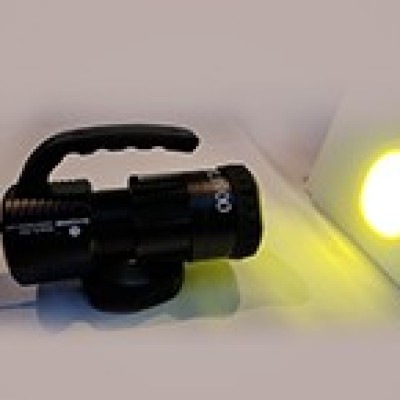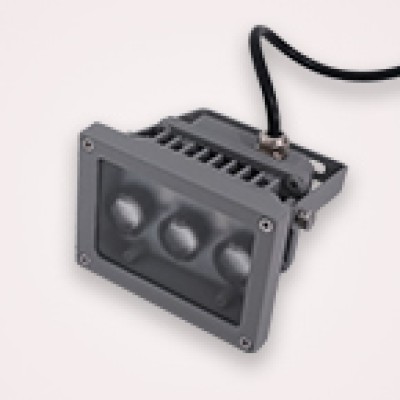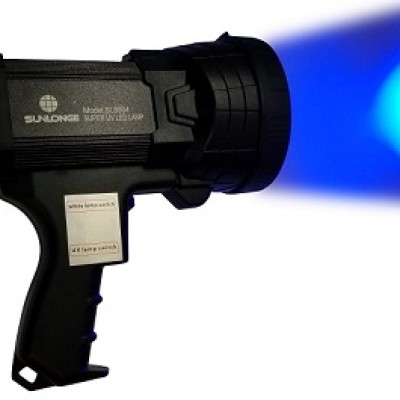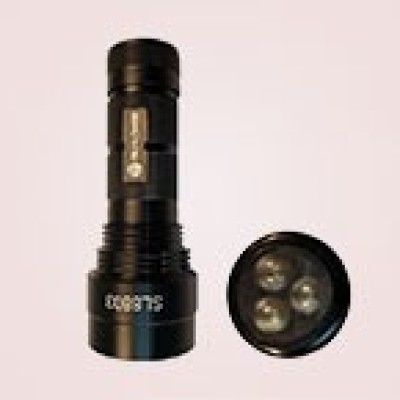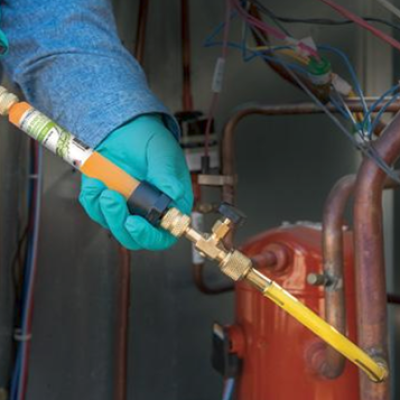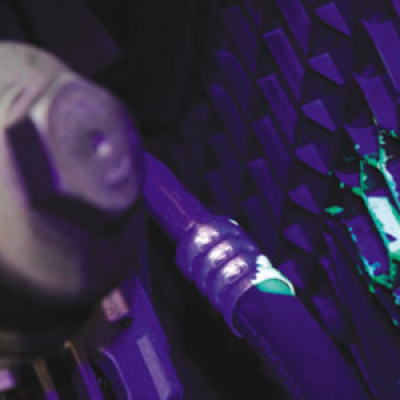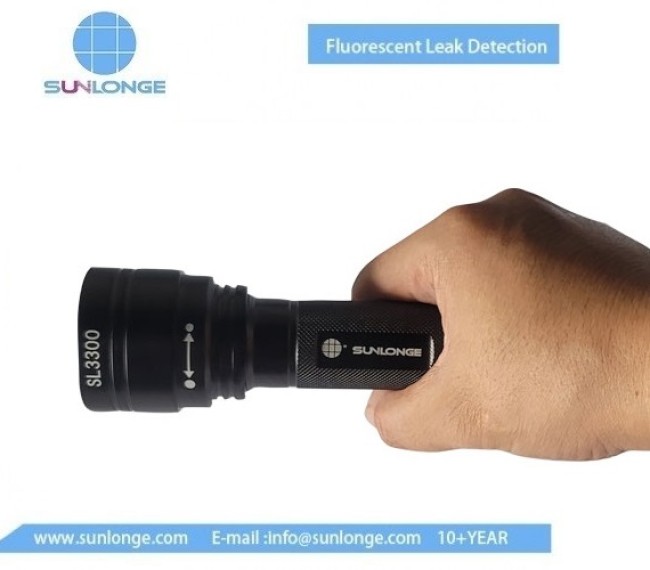
Using UV leak detection flashlights revolutionizes leak identification in HVAC, automotive, plumbing, and industrial settings—but even advanced tools are only as effective as their operators. Avoiding common mistakes significantly improves speed, reliability, and detection accuracy.
Introduction
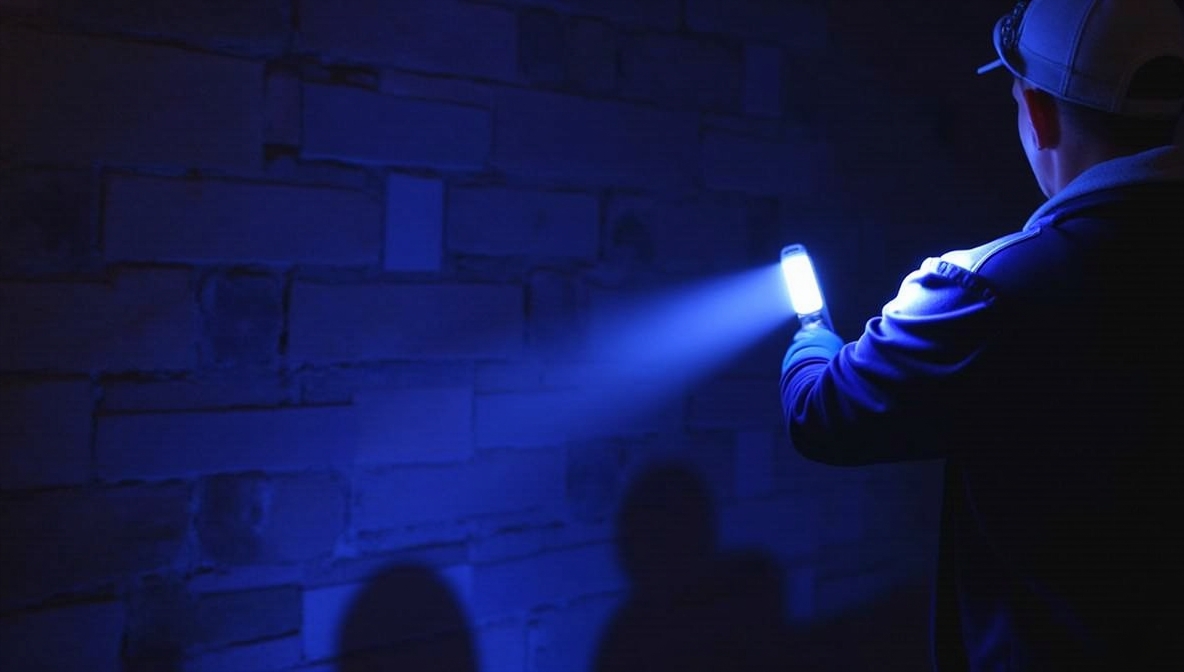
UV leak detection flashlights enable rapid, non-invasive discovery of leaks invisible to standard inspection. With accuracy rates over 95% and up to 80% less equipment downtime compared to traditional methods, the right technique delivers maximum ROI. However, misuse or neglect of key practices can lead to missed leaks, faulty diagnoses, and wasted time. This article outlines the five most frequent errors, explains their impact, and shares actionable tips to avoid them.
Table: Key Features of Sunlonge SL3300-H Leak Detection Flashlight
| Feature | Specification | Benefit |
| UV LED | 3W SVC 365NM | Industry-standard wavelength |
| UV Intensity | 60,000 μW/cm² at 38 cm | Detects fine leaks |
| Peak Wavelength | 365–370 nm | Best contrast with dyes |
| Power Supply | AAA or 18650 lithium battery | Flexible, portable use |
| Battery Life | Up to 30,000 hours | Low maintenance |
| Adjustable Beam | Ø 50–80 mm at 38 cm | Customizable inspection area |
| Weight | 150g (without accessories) | Lightweight, easy to carry |
| UV Stability | >80% (constant output even with fading battery) | Consistent detection |
| Certification | Used in 30+ countries | Trusted internationally |
Mistake 1: Using the Wrong Fluorescent Dye
Why It’s a Problem
Not all fluorescent dyes are compatible with every fluid or system. The wrong dye may fail to fluoresce under 365nm UV light or interact negatively with equipment, resulting in missed leaks or equipment damage.
How to Avoid
- Always select dyes formulated for the target fluid (e.g., coolant, oil, refrigerant).
- Confirm compatibility with both the flashlight wavelength (ideally 365nm) and system materials.
- Use reputable brands like Sunlonge SL3100 and SL3200, which cover water and oil-based systems respectively.
Mistake 2: Poor Lighting Conditions During Inspection
Why It’s a Problem
Ambient light, especially direct sunlight or unshaded environments, can overpower the UV fluorescence, making discovery difficult or impossible.
How to Avoid
- Inspect in dark or shaded areas.
- Schedule inspections early/late in the day for outdoor systems.
- Use UV filter glasses to enhance dye visibility.
Mistake 3: Incorrect Distance and Beam Adjustment
Why It’s a Problem
Holding the UV flashlight too far or too close (outside the 6–15 inch sweet spot) reduces the effective fluorescent signal. Additionally, failing to adjust beam area and intensity may result in either over-illumination (bleaching effect) or missing faint leaks.
How to Avoid
- Maintain 6–15 inch working distance for most inspections.
- Use adjustable beam flashlights like the Sunlonge SL3300-H for precision.
- Sweep the inspection area methodically, overlapping each pass.
Mistake 4: Neglecting Surface Preparation
Why It’s a Problem
Dust, oil, or debris on the inspection surface can block or absorb UV light, preventing effective dye fluorescence.
How to Avoid
- Clean or wipe down suspected areas before inspection.
- Ensure no residue remains that could create false negatives.
Mistake 5: Rushing or Failing to Allow Dye Circulation
Why It’s a Problem
Fluorescent dye requires time to fully disperse within the system fluid. Immediate inspection after dye injection can produce inaccurate results, especially in complex HVAC or automotive loops.
How to Avoid
- Allow appropriate circulation time. For HVAC or automotive systems, run equipment as needed to ensure dye dispersal.
- Mark inspection dates and follow manufacturer dye instructions.
Q&A: Common User Questions About UV Leak Detection Flashlights
Q1: What wavelength is best for leak detection?
A: 365nm UV is the industry-standard wavelength for maximum dye fluorescence and accuracy, found in Sunlonge SL3300-H flashlights.
Q2: Can I use any UV flashlight for leak detection?
A: Not all UV flashlights emit at the right intensity or wavelength. Flashlights with 60,000 μW/cm² (at 38cm) and 365nm emission, like Sunlonge SL3300-H, guarantee optimal results.
Q3: How long should I let fluorescent dye circulate?
A: For complete system coverage, HVAC and auto systems typically require 15–30 minutes of operation after dye insertion. Always follow dye manufacturer guidelines.
Q4: Are UV leak detection flashlights safe?
A: Generally yes, but use UV-blocking glasses and avoid direct exposure to skin or eyes for prolonged periods.
Q5: How accurate are UV flashlights compared to traditional methods?
A: UV flashlights deliver 95%+ accuracy and up to 60% faster leak isolation compared to conventional bubble or hydrostatic techniques.
Statistics: The Impact of Proper UV Leak Detection Practices
- 95%+ detection accuracy with proper dye and lighting technique.
- UV inspection reduces downtime by 80% compared to invasive testing.
- Correct use increases inspection efficiency by 30%.
- Over 80% of HVAC technicians prefer rechargeable flashlights for their reliability and performance.
Expert Tips to Maximize Results
- Choose flashlights with proven specs: 365nm wavelength, >50,000 μW/cm² intensity, adjustable beam area.
- Use manufacturer-recommended dyes and regularly replace batteries.
- Review Sunlonge UV Flashlights for high accuracy, global reliability, and customer satisfaction in 30+ countries.
Conclusion
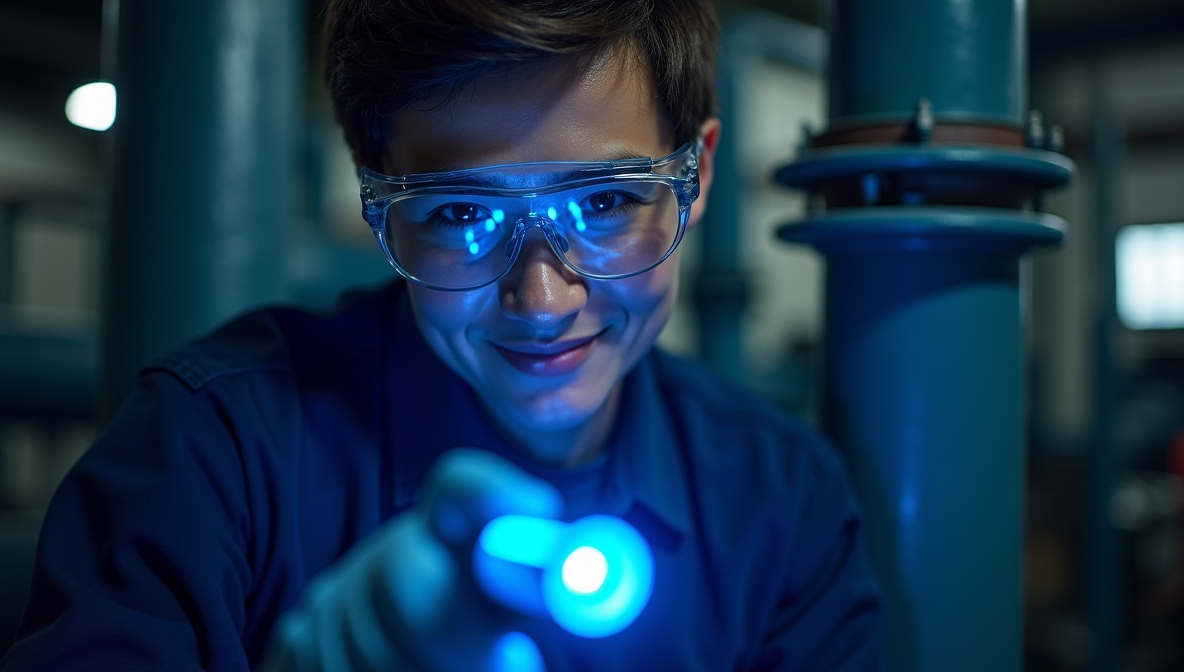
Avoiding common mistakes—wrong dye, poor lighting, incorrect distance, lack of cleaning, and premature inspection—dramatically increases the effectiveness of UV leak detection flashlights. For best results, select precision tools like Sunlonge SL3300-H and follow the practices outlined above for reliable, cost-effective leak identification.
 CN
CN

